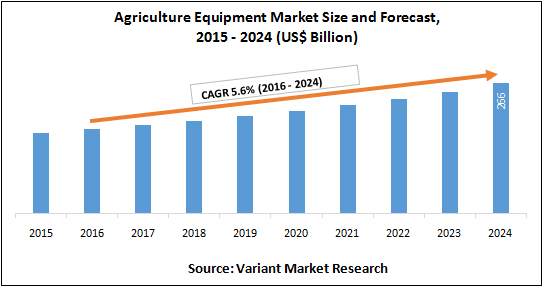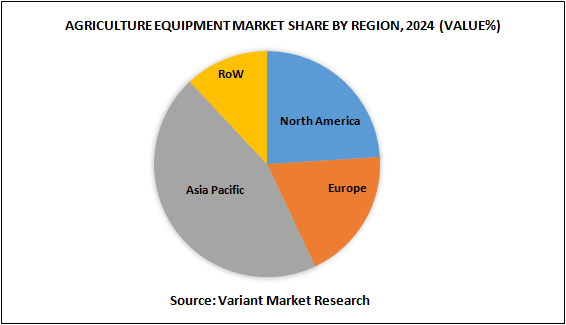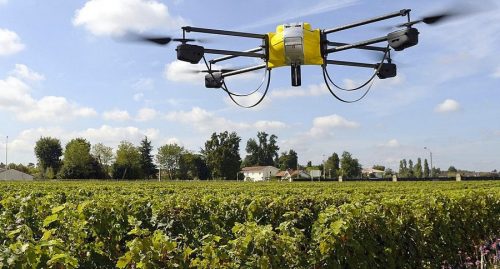Global Agricultural Equipment Market Trends
In researching current trends in Agricultural Equipment worldwide, I found that regardless of where any given region is with regard to its Ag industry; Agricultural Engineering is moving forward with unprecedented growth in technology advancements. This means different things to different regions of the world.
By: John Deibel, Freelance Author for Tractor Export
North America:
Gross receipts and profitability in North American Agriculture continue to slide. 2017 is a Census year in the US. Many are anticipating some significant and perhaps not so positive news about the state of affairs in Agriculture in the US once the totals are tabulated sometime into 2018. The United States Department of Agriculture estimates that net farm income has declined by some $50 billion since 2013. While fuel prices have been steadily declining along with per unit prices of fertilizer, it is probably not enough to offset land, rents, and equipment ownership. Back in the 1980’s, a similar cost:price squeeze put a lot of small farms out of business, or caused shifts in management decisions to scrutinize every dollar spent. The result for the Ag Equipment sector is that farmers are holding onto aging equipment inventories instead of upgrading to newer technologies… Yet.
This doesn’t stop the Equipment companies from pressing on into the new generation of mechanization. Integrating ‘smart’ technologies such as equipment that literally communicates with the tractor, as opposed to the other way around, has become a significant trend. The use of IoT (Internet of Things) technology is exploding; drones and remote sensing; soil analysis ‘on the fly’; and many other technologies will become part of the farmscape in the coming years.
In the short run, however, some farmers are second guessing purchases of new equipment from 2010-2015, and will be liquidating so as to replace the new equipment with something used or slightly used in order to improve cash flow in the short run. On the other hand, many are making improvements and retrofitting their older equipment with upgrades so as to extend their useful life. What does this mean? Perhaps it means that the market for ‘slightly or nearly new’ may see an uptick; while the historically strong market for moderately used equipment will continue to slide.
Other Markets:
The greatest market share worldwide for agricultural equipment of recent years has been the Asia-Pacific Region. The rise in populations in these emerging economies boosted that region to over 40% of the world’s market share in ag equipment for 2016. While the average across the world has seen a Compound Annual Growth Rate (CAGR) of 5.6%, the Asia-Pacific Region is expected to grow at a rate of 7.1% during the same period of 2016-2024. Experts feel the biggest driving force behind this anticipated growth is the demand for rapid adoption of more automation in agricultural production.

World wide distribution of Agricultural Equipment is projected to reach $266 billion by 2024 given current market forecasts. Source: Variant Market Research: Agricultural Equipment Market
One of the key driving forces behind a region’s growth in the Agricultural sector relates to how their Governments approach its importance to their respective economies. It is this factor that will likely either change these projections or cause them to come to fruition.

The Asia Pacific region dominates the world in agricultural equipment market share, followed by North America, Europe, and the Rest of the World (South America, Middle East, and Africa) Source: Variant Market Research: Agricultural Equipment Market
Meanwhile, however, the technology presses onward in anticipation of an uptick in demand for new, integrated technologies which marry the seed and chemical sectors with the equipment sectors; driven by the digital technology explosion and Internet of Things (IoT) role in transferring information from the square meter to the entire planet. Once the ‘bugs’ get worked out in terms of things like data ownership and intellectual property, expect wide adoption of this next generation technology.

Drones will be common across developed agricultural systems in the future, able to monitor a wide array of soil, pest, and crop condition variables for more precise management decisions.
Next: Retrofitting – Combining Operations – Improving What You’ve Got


